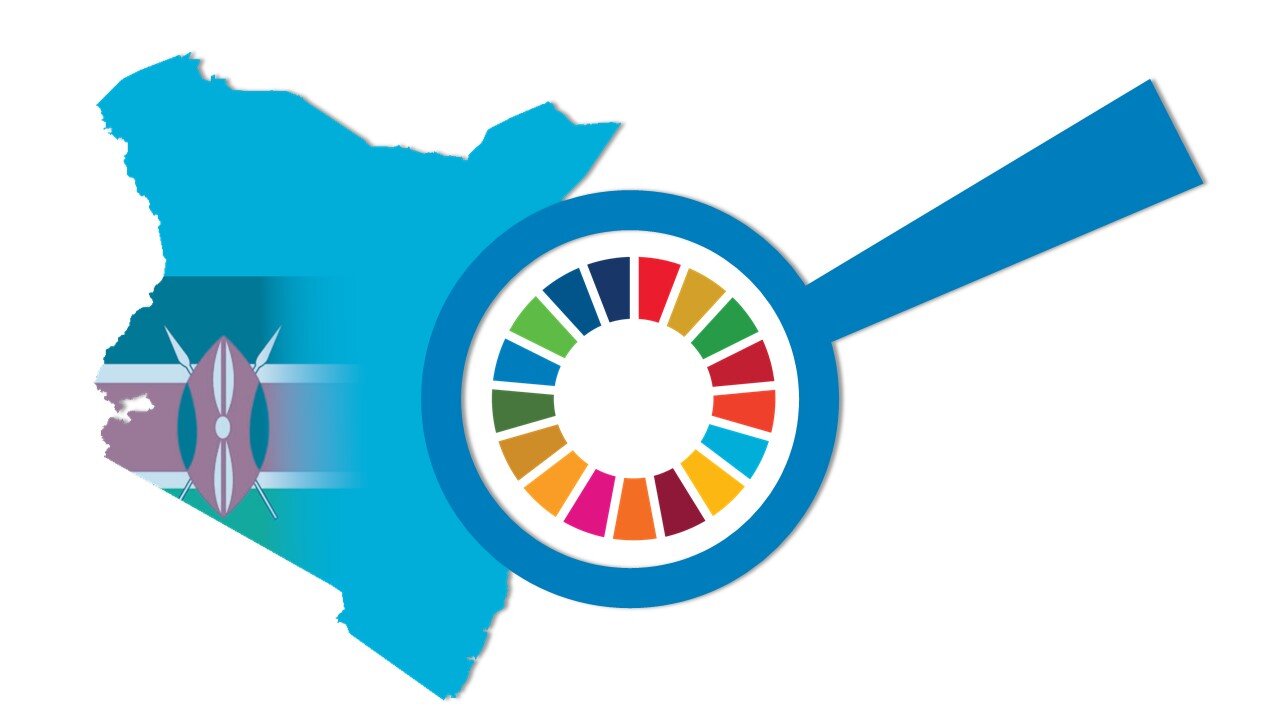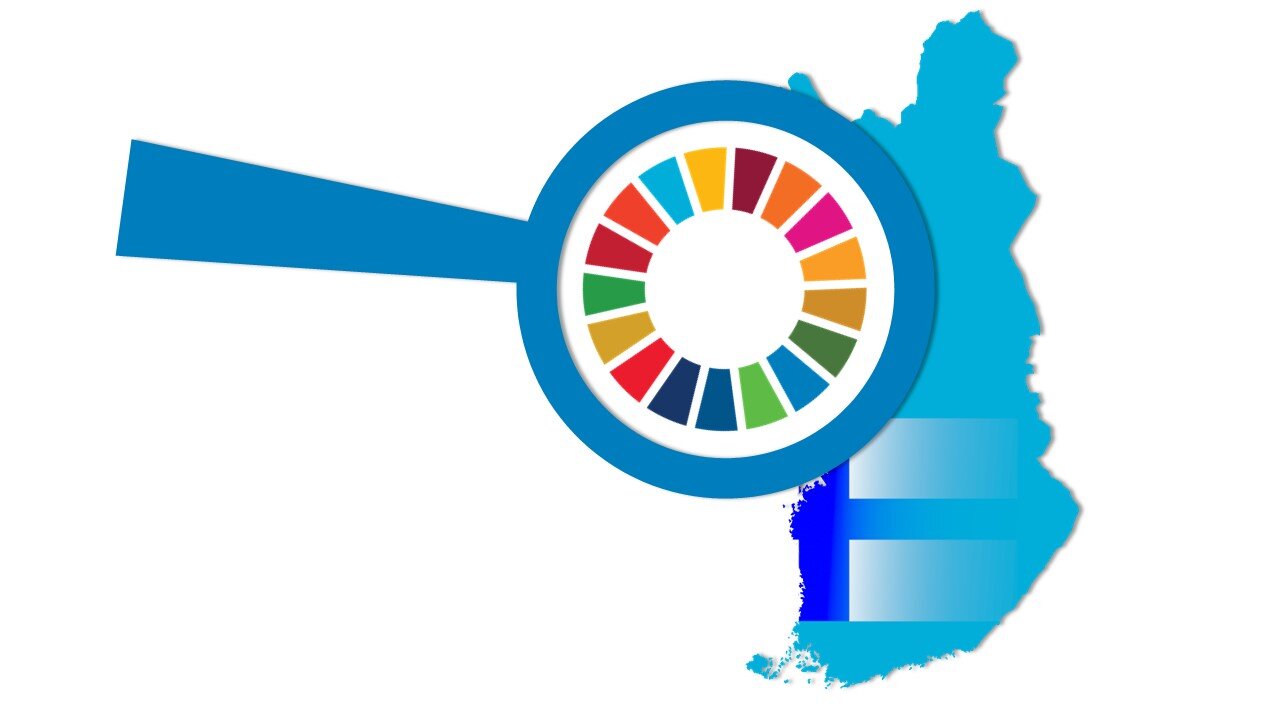How do other countries measure SDG implementation and what can we learn from them?
After the introduction of the SDGs in 2015, all countries faced the challenge of establishing appropriate SDG monitoring adapted to their local conditions. Six years later, many different monitoring approaches can be found around the world, all with different advantages and disadvantages. Two good practice examples can be found in Kenya and in Finland. Both countries have, in completely different ways, managed to establish SDG monitoring in which civil society plays a major role. What can we learn from them?
Kenya
Kenya is one of the fastest growing economies on the African continent. Significant political and economic reforms in recent years have contributed to social development and political stability. Nevertheless, Kenya faces problems such as great poverty, inequality as well as climate change and its effects. These and other challenges are to be addressed through the implementation of the national development plan Kenya Vision 2030 and the 2030 Agenda. Kenya has significantly expanded its SDG monitoring in recent years, including discovering new ways to collect data. Read more about this in the Kenya factsheet.
Finland
Finland is considered a global role model both in the implementation and monitoring of the SDGs. The country has already achieved four of the 17 goals and is thus, according to the Sustainable Development Report, a front-runner in the implementation of the SDGs in international comparison. Despite these positive developments, Finland faces major challenges, particularly in the areas of sustainable consumption and production as well as climate change mitigation.


